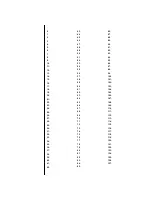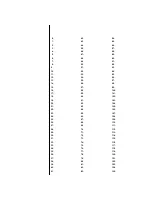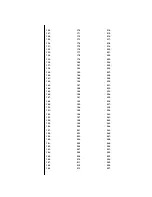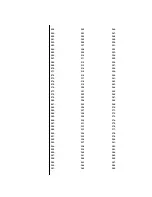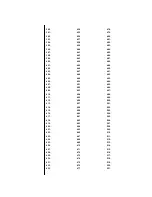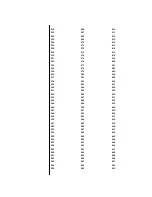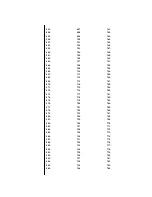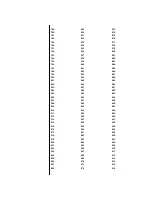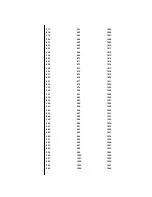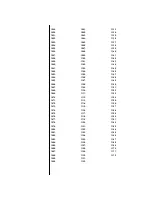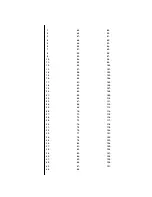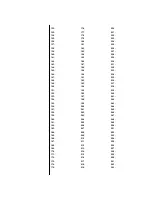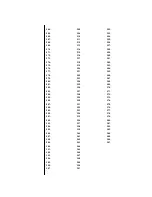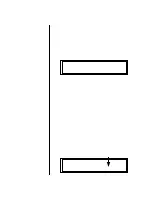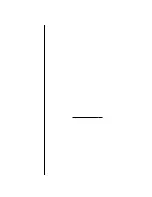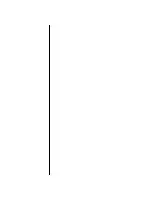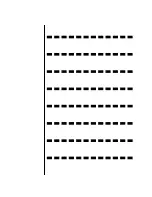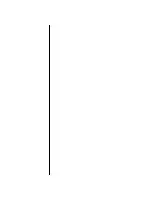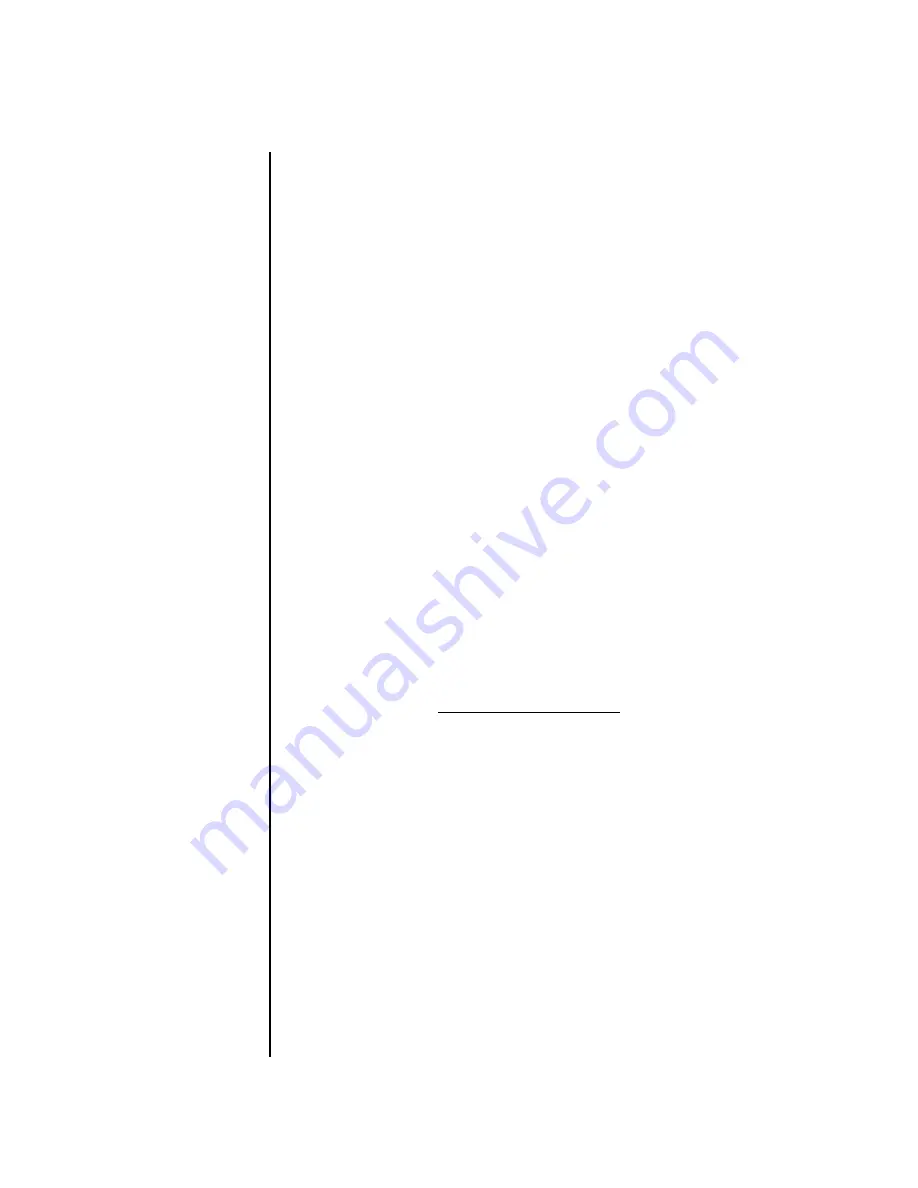
24
E-mu Systems, Inc.
Proteus 2000 Manual Addendum
New Tuning Tables
New Tuning Tables
Seven new factory tuning tables have been added to Proteus 2000 for a total
of 12 factory tunings and 12 user-programmable tunings. Tuning tables, as
you may already know, allow you to individually tune each and every key
on the keyboard. There are many uses for tuning tables, such as creating,
“Well Tempered” or “Just” tunings, Arabic or Oriental scales, or any other
rearrangement of pitches on the keyboard. The user tuning tables are also
quite useful for tuning individual instruments in a drum kit preset.
Well Tempered and Just were standard keyboard tuning up until the 20th-
century when the current “equal tempered” scale became prevalent. In the
equal tempered scale, the octave is equally divided into 12 parts. In Just or
Well Tempered scales, the 12 notes are tuned to produce pure chords.
However, in Just tunings you are limited to playing certain chords and if
you play the wrong chord it may sound very BAD!
Proteus 2000 allows you to modulate between keys by providing you 12
user tuning tables. Tuning tables can be changed as you play using a
program change (create several presets with the same sound and different
tuning tables), by MIDI SysEx command (using a programmable MIDI
footswitch or other device), or using a continuous controller (link 2 presets
and crossfade between them using a controller). Proteus 2000 implements
the MIDI Tuning Dump protocol which allows you to create tuning tables
on your personal computer and download them via MIDI. There are several
computer applications available on the internet which let you create and
download tuning tables via MIDI.
The Just C2, Just C min, Just C3 Tuning Tables
These new tuning tables take the concept of just intonation a step beyond
previous E-mu products. Fully explaining the mysteries of just intonation is
beyond the scope of this manual, but the subject is covered exhaustively in
Hermann Helmholtz’s On the Sensations of Tone, available at most libraries
and bookstores.
The new tables are called Just C2, Just C3, and Just C Minor. Try playing in
the key of C/Cm using each table. You’ll quickly discover both the wonders
and the frustrations of just intonation! In Just C, for example, you’ll find
that the chords C, Em, F, G, and Am sound beautiful. If you hold one of
these chords, you’ll hear no “beating”. After playing for a few minutes,
switch back to Equal Temperament for a rude awakening!
At this point you might wonder why anyone would use Equal Temper-
ament to begin with. For the answer to that question, play a D, Dmi, or Bb
chord!.The intervallic ratios that make the C & G chords sound so pure
make the D chord sound horribly out of tune. That's why we had to include
Just C3. In this tuning, D, Dmi and Bb sound in tune, but the G chord will
sound wrong.
Each of the 4 tables allows you to play a different group of common chords
in just intonation. Sadly, there is no single 12 note tuning that will allow all
of the common chords to be in tune, and of course that's why they
invented the equal temperament tuning system that we use today.

